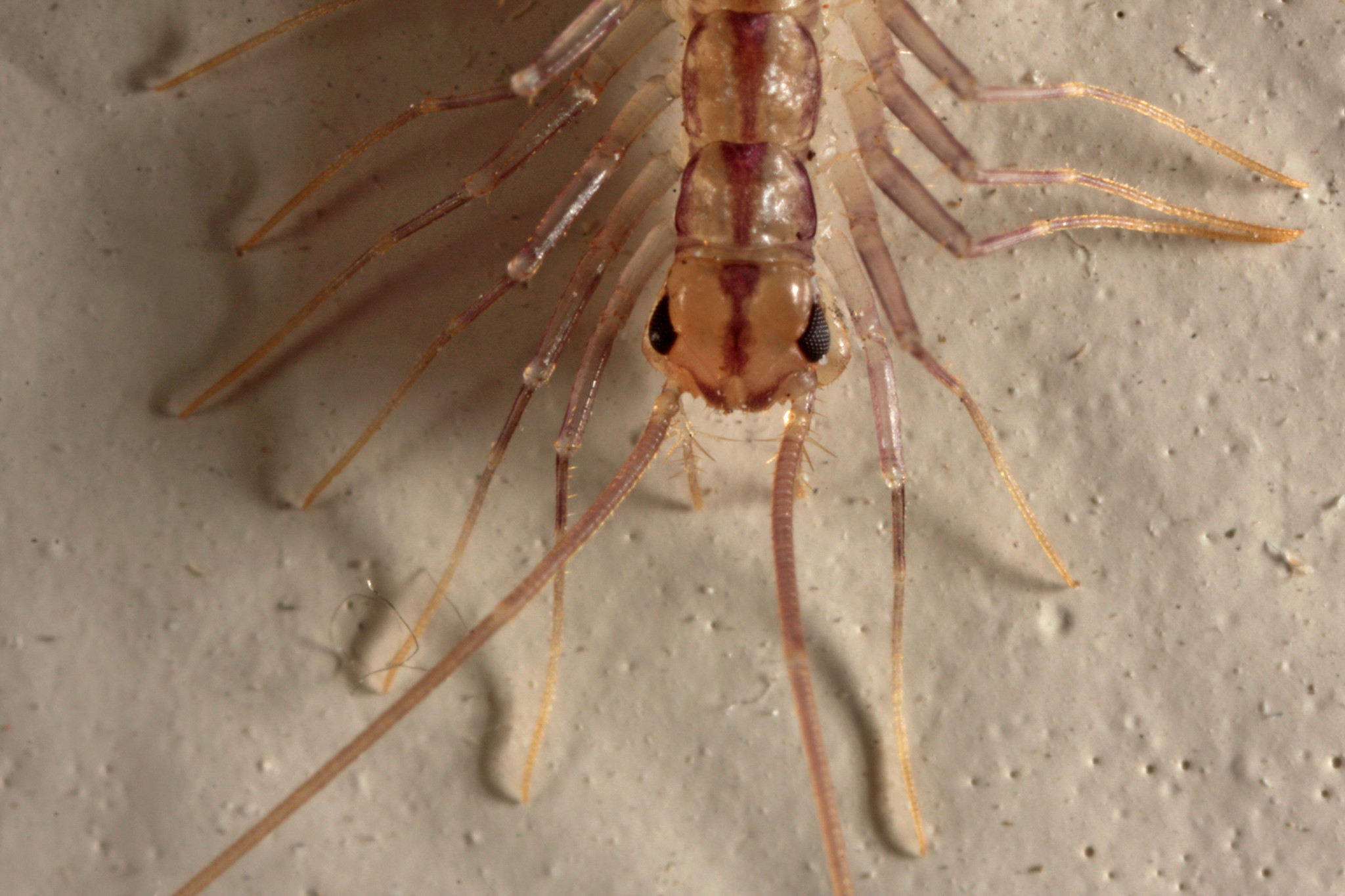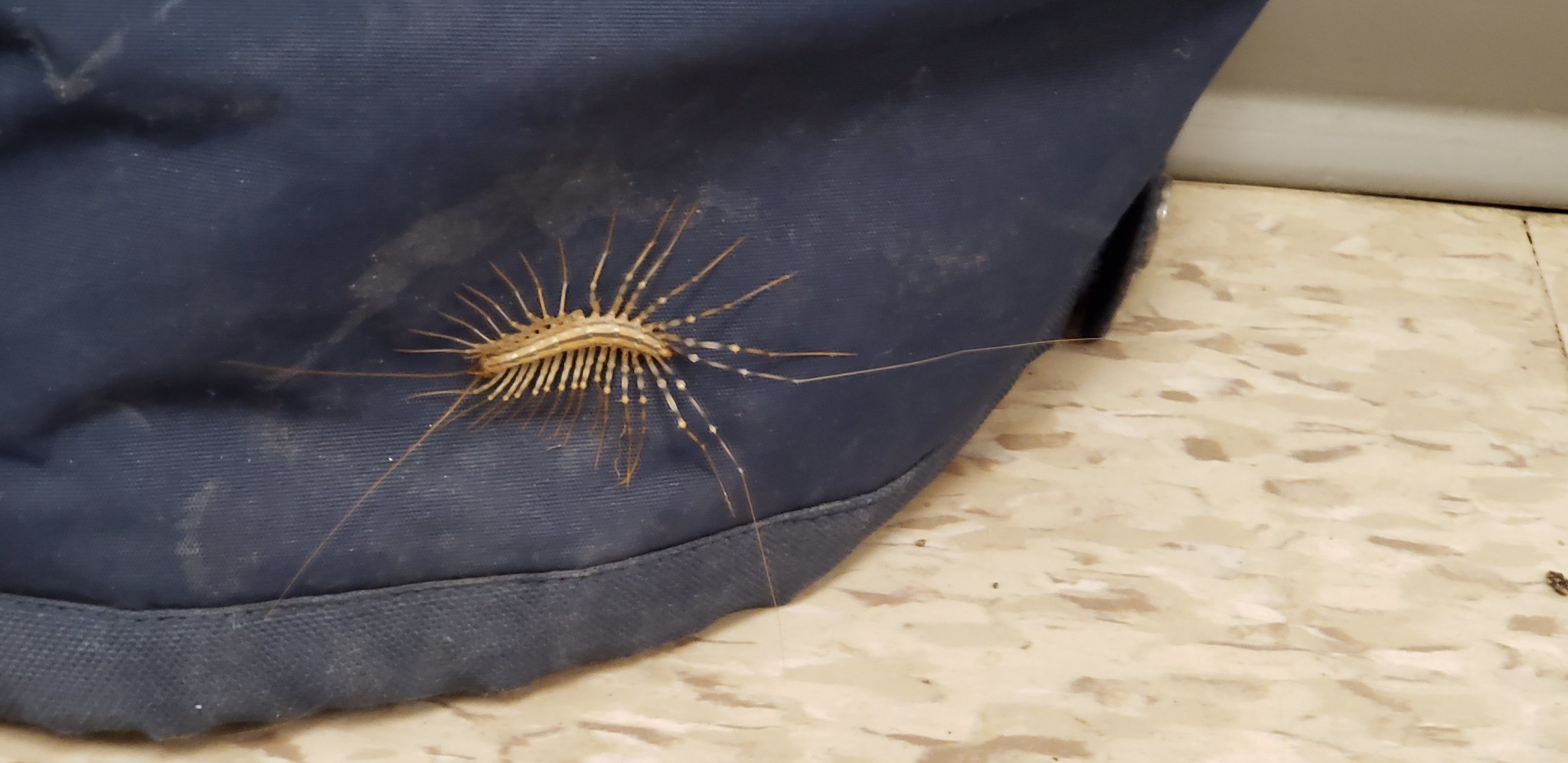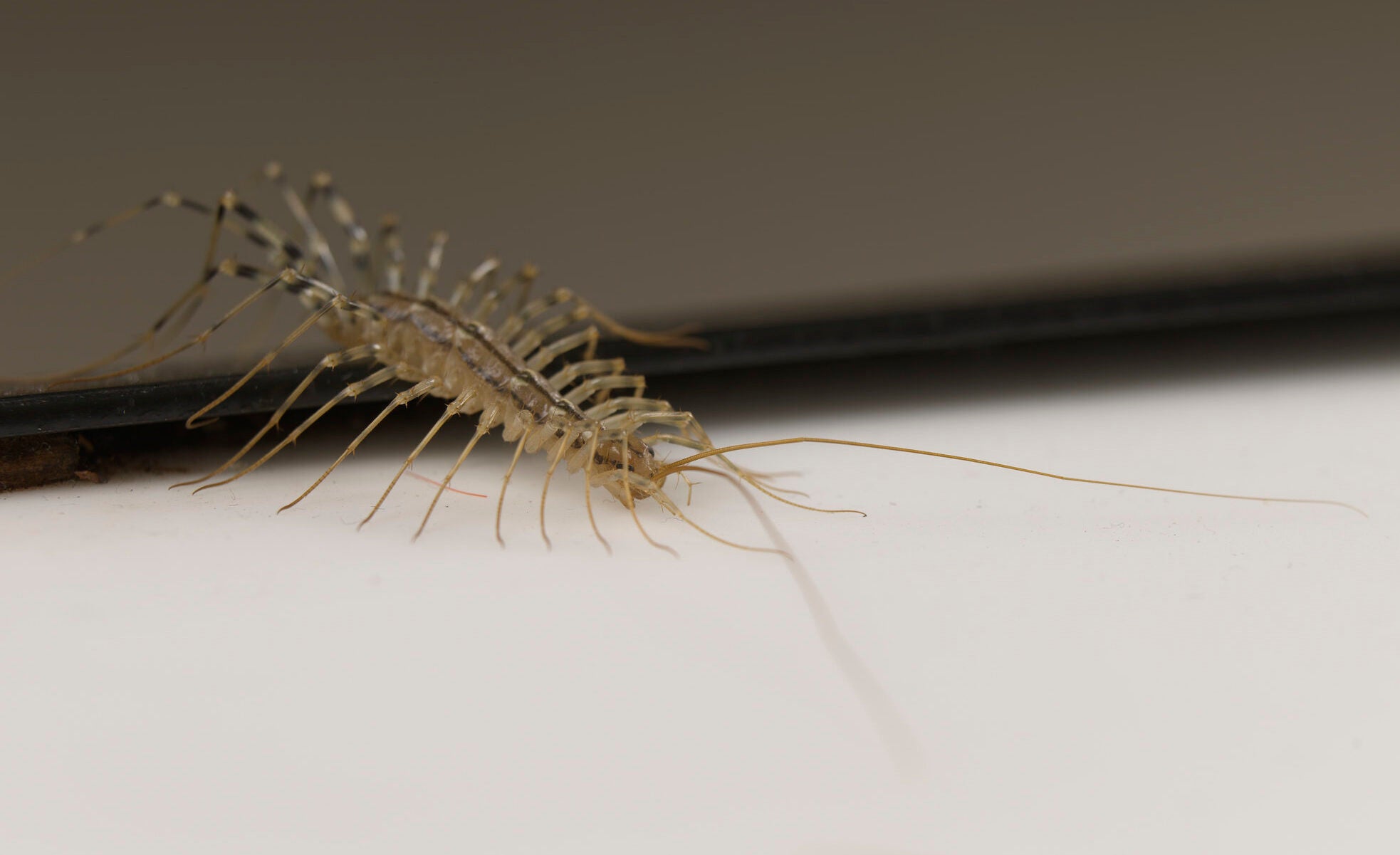The old adage “they’re more afraid of you than you are of them” might ring hollow when it comes to the leggy house centipede.
But Bug Hartsock, who’s been studying the arthropods for a while, said they’re really quite shy.
“I’ve worked with them for a while. I’ve kept them, I’ve held them, and if anything, they’ve wanted to run away every time,” said Hartsock, who’s working toward their master’s degree in biology at the University of Wisconsin-La Crosse, studying household arthropods like house centipedes, silverfish and firebrats.
News with a little more humanity
WPR’s “Wisconsin Today” newsletter keeps you connected to the state you love without feeling overwhelmed. No paywall. No agenda. No corporate filter.
Hartsock, who is also a writer and artist whose work often features depictions of the arthropods, joined “The Larry Meiller Show” to make the case that having house centipedes in your home isn’t the worst thing.
For one, they’re clean and aren’t prone to spreading disease. They won’t cause damage to your home. And they eat cockroaches, termites and bedbugs. Sometimes, they eat each other.
“They’re really quite skilled predators in the house. It’s what they do,” Hartsock said, adding that centipedes are very picky about only eating live prey.
Centipedes aren’t insects, Hartsock explained, but they’re in the same phylum of animals as insects. They’ve all got an exoskeleton made of chitin and a segmented body with jointed appendages.
“Other animals in this big group are … crabs and really kind of anything that you would think of like a crunchy little critter — that’s, generally speaking, an arthropod,” they said.

Although house centipedes might look hairy from a distance, they’re actually not.
“If you look very closely at one, which is maybe a big ask, they move quite fluidly, like the legs going one after the other. It’s honestly kind of pretty,” Hartsock said.
When they hatch from their eggs, house centipedes have fewer legs, but they eventually grow up to 15 pairs.
They have very well-developed eyes, which helps them hunt. They’re also really sensitive to vibrations and, like cockroaches, sensitive to light.
Hartsock said having house centipedes in your home doesn’t mean there’s an infestation, necessarily. But they are eating something.
“It’s a hot take, but I’m a big proponent of like, you’re going to have bugs in your home. It’s kind of up to you to choose which ones you want to curate, because you’re never going to have a perfectly sterile, bug-free home environment. It’s just not possible,” they said.

It’s sort of surprising that centipedes can do so well in the home, Hartsock said, particularly because they can lose moisture really quickly, and drying out will kill them.
Because they need the moisture, they’ll seek out humid environments like the bathroom and basements. House centipedes can live for two to three years, and even up to five in some cases.
“Honestly, for how delicate they are as animals, it’s kind of impressive that they’ve managed to be so cosmopolitan across houses,” Hartsock said.
House centipedes are nocturnal, like cats, who seem to have a proclivity for eating them. Centipedes can sting, but Hartsock said they have never been stung despite picking up countless numbers of the arthropods.
“I think your cats are similarly fine,” they said. “And even if they were to be stung, it would … be like a bee sting — a lesson learned.”





